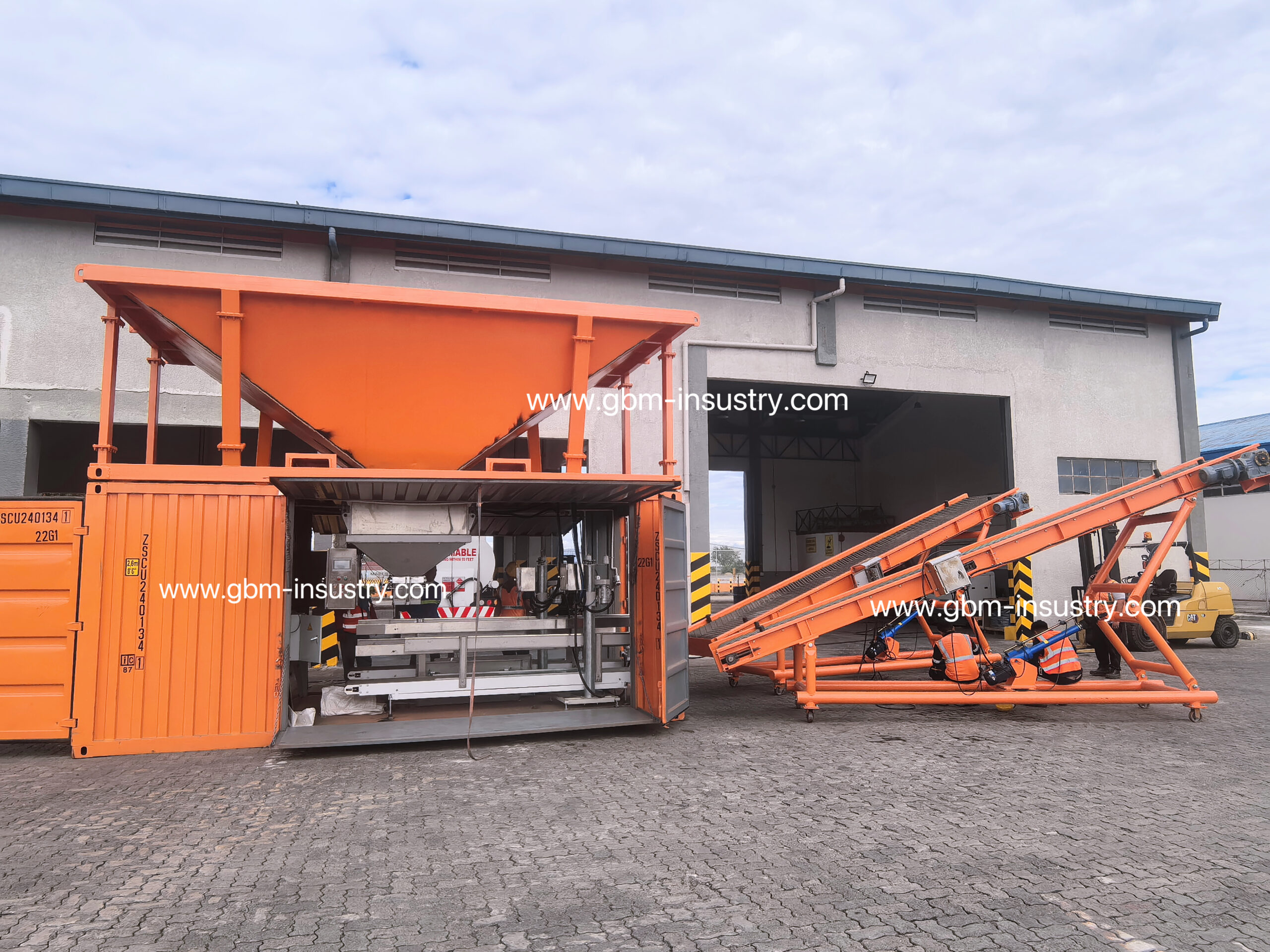How to Unload Shipping Containers?
Containers play a vital role in global shipping. They standardize the transportation of bulk cargo and goods, making international trade and logistics much simpler. Unloading containers is a critical step in this process. This guide will help you understand container unloading, dive deeper into best practices, and learn how to choose the right machinery and tools for your operations.
Introduction to Container Unloading
What is Container Unloading?
Container unloading is a complex process that requires coordination between multiple parties. Here’s a introduction for you reference:
Pre-unloading prep: Check equipment (like quay cranes and straddle carriers) to ensure they’re operational. Confirm the berth based on the ship type and draft depth. Review shipping documents and container details provided by the shipping company.
Docking: Secure the ship once it arrives at the berth to keep it stable.
Unloading: Use quay cranes to transfer containers to temporary storage areas on the dock. These are then moved to designated stacking zones and later sorted in the yard.
Customs checks: Authorities inspect goods based on declared information. Once cleared, the consignee can collect the cargo.
Unloading Different Unloading Process:Ship ,Dock,and Yard
Quay Unloading
Before unloading, it is necessary to check and maintain whether the container lifting spreader is functioning properly and whether the pin shaft is rotating normally. Then, the STS crane travels along the dock track to the Bay corresponding to the ship By positioning, the container lifting spreader can be aimed at the top of the target container, ensuring that the pin is inserted into the corner hole of the container and locked, and then ready to start lifting. At this point, the lifting equipment begins to lift the container, transfer it to the dock, and place it in the storage area of the dock, thus completing an efficient unloading process from the ship to the port. According to actual data, it is generally possible to complete the loading and unloading of 35 containers per hour.
Dock Transportation
Use straddle carriers or trucks to move containers from the dock to the yard.
Straddle carriers: Grab containers directly under cranes, stack them up to 4 high, and transport them without relying on trucks. They’re cost-effective and handle ~15 containers/hour.
Automation: Advanced ports in China use automated guided vehicles (AGVs) and robotic cranes for fully unmanned operations, boosting efficiency.
Yard Operations
Containers are scanned (via QR codes) and sorted into zones (e.g., standard, hazardous, refrigerated).
Equipment: Rubber-tired gantry cranes (RTGs) and rail-mounted gantry cranes (RMGs) stack containers.
Manual RTGs: ~15 containers/hour.
Automated RTGs: ~25 containers/hour.
Trend: Automation and smart systems are the future.
How to Choose the Right Container Spreader?
Picking the right spreader is key for smooth operations. Here’s a quick guide for different spreader type:
Fixed-Length Semi-Automatic Container Lifting Spreader
When dealing with a large number of single containers and using front-end cranes or stackers, then fixed length lifting container spreader is the best choice. The characteristics of fixed length lifting equipment include low price, high efficiency, simple structure, and lack of flexibility. Because there is no hydraulic system, pure mechanical maintenance is relatively simple, and the most vulnerable parts are the pin shaft.
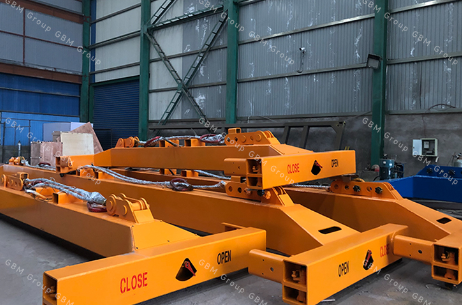
Telescopic Container Lifting Spreader
When your actual working conditions require frequent loading of containers of different sizes, such as mixed loading and unloading of 20ft, 40ft, and 45ft, in conjunction with STS crane unloading, then telescopic lifting container spreader is the best choice. Because this can reduce downtime for replacing lifting container spreader, usually taking 1-2 minutes to switch sizes, thereby improving efficiency.
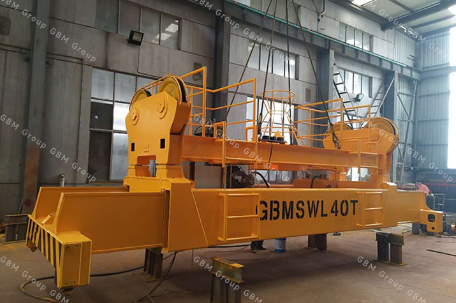
Twin Spreader
When you are faced with high-frequency loading and unloading and have the need to lift two containers at the same time, the double container lifting container spreader is the best choice, which can improve efficiency by 50%. But this investment is also 2-3 times that of traditional lifting spreader, and the maintenance fee is more expensive, so it is only suitable for high throughput ports.
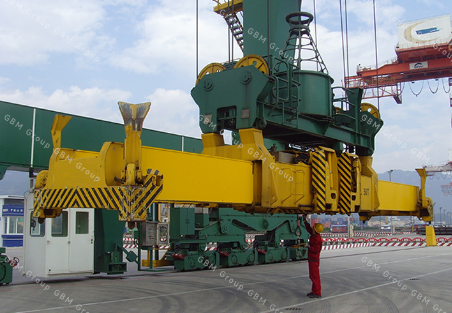
Rotating Container Lifting Spreader
When your application requires adjusting the direction of the container, we can customize a 360 degree rotation function for you to match the loading angle, so that you don’t have to repeatedly adjust and save 25% of time and cost.
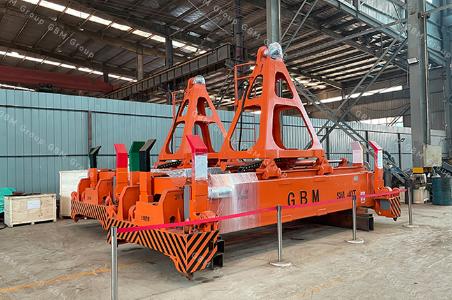
Explosion-Proof Container Spreader
If working in a dangerous goods yard, safe loading and unloading is the first element. We can customize explosion-proof telescopic lifting container spreader to avoid accidents when loading and unloading flammable and explosive goods.

For special container types, such as open top container, oversized container, and etc, specialized Over-height frame(OHF) should be the best choice.
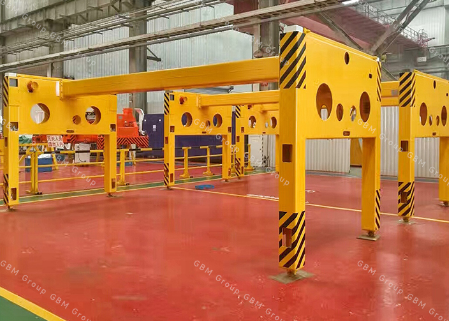
Top 6 Container Spreader Brands
Bromma (Sweden):
Features: The world’s most well-known supplier of container lifting spreader, with spreaders covering fully automatic and semi-automatic lifting container, suitable for 20 ‘-45’ containers, known for high durability.

ELME Spreader (Sweden)
Features: The lifting container spreader series is comprehensive and suitable for special application, such as cold containers and railway containers.
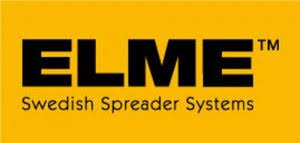
GBM (China)
Features: Its is Chinese brand which focusing on the research and development of lifting container spreader, providing customized solutions.It famous by it’s durable products, and outstanding cost-effectiveness.
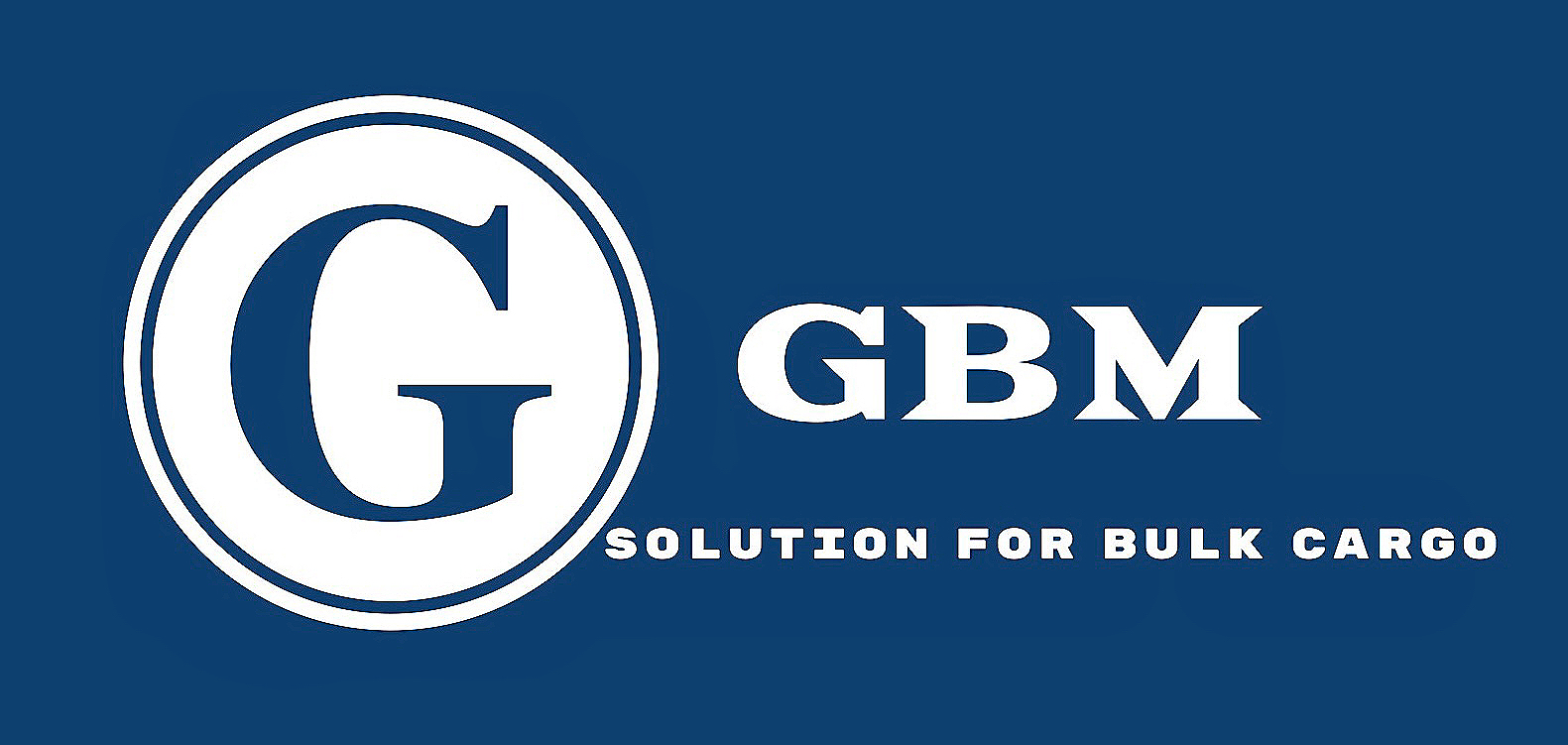
KONECRANE(Finland)
Features: It provide an intelligent lifting system that supports remote control and data monitoring, suitable for automated docks.

Liebherr (Germany/Switzerland)
Features: Characteristics of container cranes and specialized lifting equipment: high-precision hydraulic control system, lifting equipment can quickly switch container types, suitable for ultra large ports.

Kalmar (Finland)
Features:They’re famous brand of straddle carrier,with deeply integrated with Bromma lifting container spreader, supporting environmentally friendly electrification solutions.

Summary
Container unloading is a challenging yet vital process. By choosing the right tools and embracing automation, it can boost your efficiency and safety.
At GBM, we offer flexible, high-quality solutions tailored to your needs. Contact us for a free consultation to optimize your container operations!
Web:www.gbm-industry.com
Email:sales.export@gbm-chia.com
Mobile:+86 18221720746




